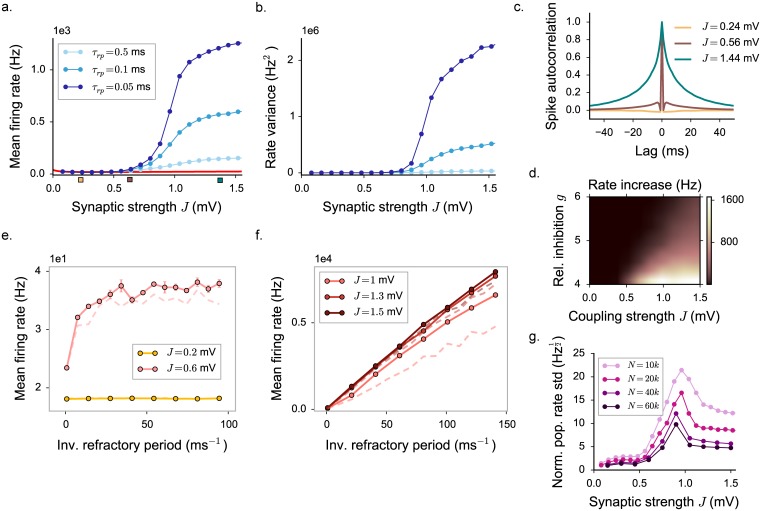Fig 9. Statistical characterization of activity in a network of leaky integrate-and-fire neurons.
a. Mean firing rate. Numerical simulations (N = 20000) are in good agreement with the LIF mean field prediction (red line) for low coupling values (J < 0.5). For high values of J (J > 0.8), mean firing rates diverge and becomes highly dependent on the refractory period. b. Firing rate variance, computed on instantaneous firing rates evaluated with a 50 ms Gaussian filter. c. Spike autocorrelation function, computed with 1 ms time bins, for three different values of the coupling J (τrp = 0.5). d. Increase in the mean firing rate as the refractory period is decreased from 0.5 to 0.1 ms, as a function of the synaptic coupling J and the inhibition strength g. As in the rate networks, the mean firing rate and its increase depend on the value of g. e-f. Direct dependence between the mean firing rate and refractory period. Panel e shows the low and intermediate coupling regime. Panel f shows the high coupling regime. Colored dots: simulated networks with N = 20000. Lighter dashed lines (when visible) show the result for N = 10000. g. Dependence on J and N of correlations and synchrony, quantified by the std of the population-averaged spiking rate, normalized by the square root of the mean firing rate (τrp = 0.05). Std is computed within a time bin of 1 ms. In all the panels, choice of the parameters: g = 5, C = 500, Δ = 1.1 ms, μ0 = 24 mV.

